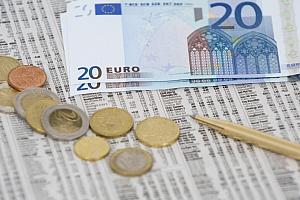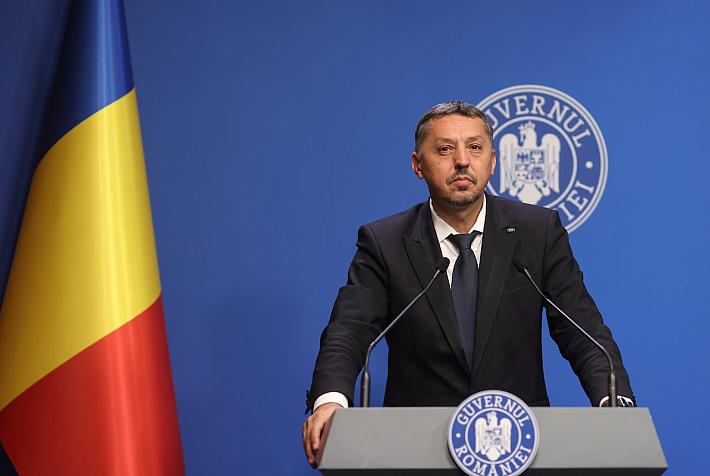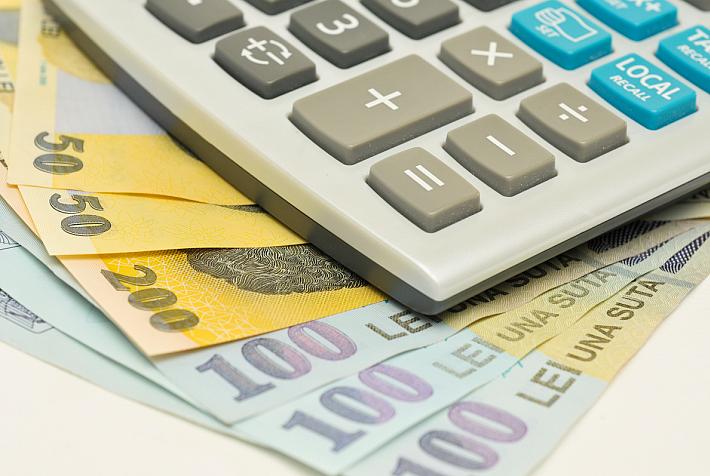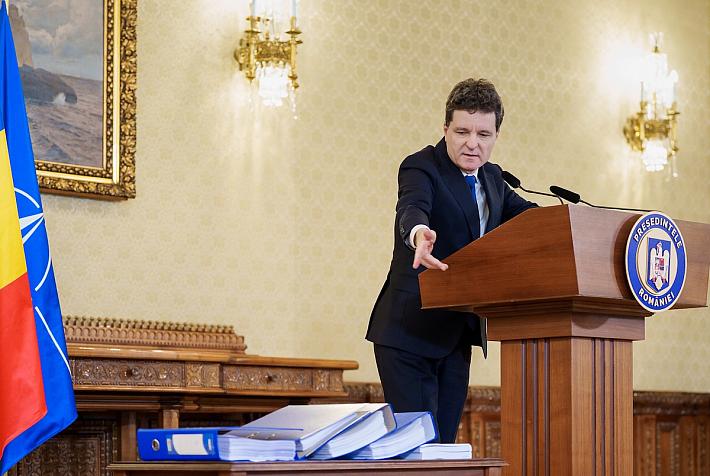Romania’s financing costs on international markets increase compared to January
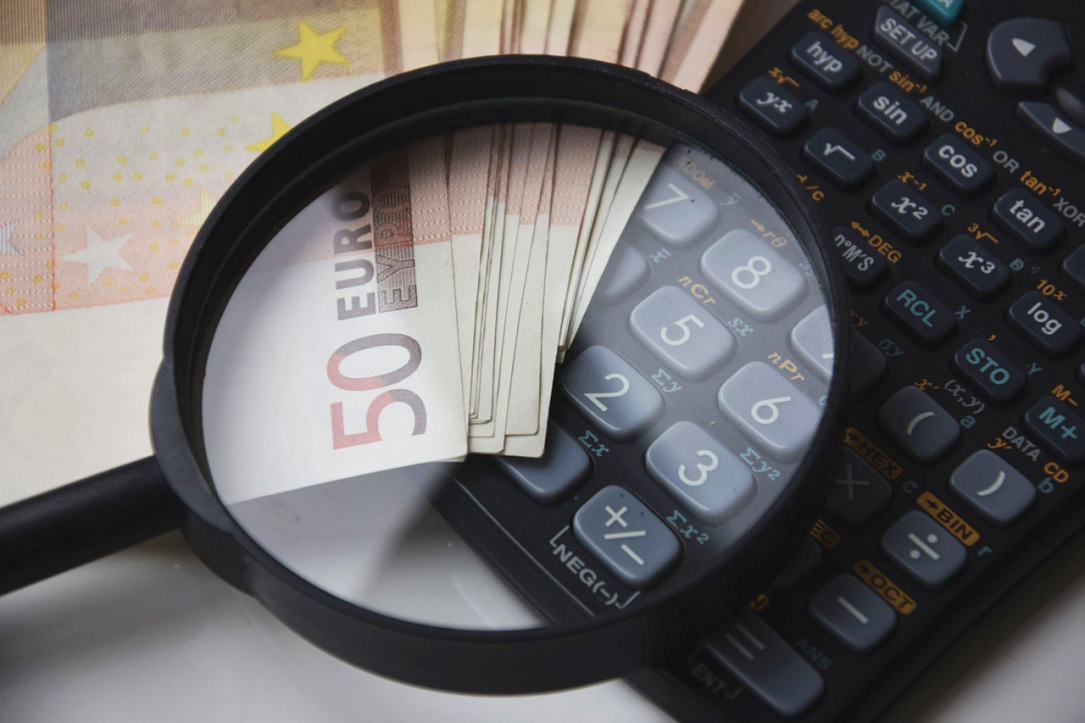
Romania raised more than planned and paid a lower yield than expected under the indicative terms of the Eurobonds launched on May 19. Still, the spreads over the mid-swap (reference) interest rate and thus the financing costs were significantly higher than in January.
For the five-year tranche (EUR 1.3 billion), the yield was set at 2.793% and the coupon at 2.75% (305bp over mid-swap), Ziarul Financiar reported. For the 10-year installment (EUR 2 bln), both the yield and the coupon were 3.624% (375bp over mid-swap). Both tranches have fixed coupons, payable annually.
In January, Romania paid only 180bp over mid-swap for 12-year Eurobonds and 285bp over mid-swap for 30-year titles.
The higher financing cost reflects the higher risk aversion of investors towards the whole region (Serbia paid 3.125% coupon on its 7-year bond launched in May).
Moreover, in January, only one of the three major rating agencies was holding the country on the negative watch list, and the COVID-19 pandemic was not yet a threat to Europe's economy. At that time, the worst-case scenario for Romania included growth rates of around 3% for this year, whereas now analysts expect a 4-6% contraction.
In a recent report, UniCredit estimated that Romania's gross financing need is EUR 21 bln in 2020, including a budget deficit of EUR 12.7 bln and the rest being debt rolled over.
The country will probably try to refinance the bonds issues these days at a lower cost when the market conditions will become more favorable.
editor@romania-insider.com
(Photo source: Pexels.com)







